#paradise tree
Text
The History of The Christmas Tree
The use of evergreen trees, wreaths, and garlands to symbolize eternal life was already a custom of the ancient Egyptians, Chinese, and Hebrews.
Many ancient people believed that the sun was a god and that winter came every year because the sun god had become sick and weak. They celebrated the solstice because it meant that at last the sun god would begin to get well. Evergreen boughs reminded them of all the green plants that would grow again when the sun god was strong and summer would return.
The Egyptians filled their homes with green palms and papyrus reeds, which symbolized for them the triumph of life over death.
Early Romans marked the solstice with a feast called Saturnalia in honor of Saturn, the god of agriculture. The Romans knew that the solstice meant that soon, farms and orchards would be green and fruitful. To mark the occasion, they decorated their homes and temples with evergreen boughs.
Druids, the priests of the ancient Celts, also decorated their temples with evergreen boughs as a symbol of everlasting life. The Vikings in Scandinavia honored the evergreen mistletoe for its role in the death of the Balder, a god of light.

Tree worship was common among the pagan Europeans and survived their conversion to Christianity in the Scandinavian customs of decorating the house and barn with evergreens at the New Year to scare away the Devil and of setting up a tree for the birds during Christmastime. It survived further in the custom, also observed in Germany, of placing a Yule tree at an entrance or inside the house during the midwinter holidays.
A lot of myths surround the origins of Christmas trees, thus making the source of the modern Christmas tree open to debate. However, many believe that it originated in Germany.
It is claimed that in Germany about 723 the English missionary St. Boniface encountered pagans preparing a sacrifice at an oak tree dedicated to the god Thor (Donar). Boniface took an ax to the tree, and, when not struck down by their god, he proclaimed to the awed pagans that a nearby evergreen was their “holy tree.” Other sources report that a fir grew on the site of the fallen oak.
But the real origins of Christmas trees appear to be rooted in present-day Germany during the Middle Ages.
Evergreen trees became part of Christian rites in Germany and in the Middle Ages “paradise trees” began to appear there. Meant to represent the Garden of Eden, these evergreen trees were hung with apples and displayed in homes on December 24, the religious feast day of Adam and Eve.

A tree of knowledge was represented by an evergreen fir with apples tied to its branches. Documentation reports of trees decorated with wool thread, straw, apples, nuts and pretzels.
In 1419, a guild in Freiburg put up a tree decorated with apples, flour-paste wafers, tinsel and gingerbread.
It is a widely held belief that Martin Luther, the 16th-century Protestant reformer, first added lighted candles to a tree. According to a common version of the story, walking home one winter evening, Luther was awed by the stars twinkling amidst evergreens. To recapture the scene for his family, he erected a tree in the main room and wired its branches with lighted candles.

Martin Luther and his family on Christmas Eve in Germany from a 19th-century print published in Leipzig, Germany Hulton Archive//Getty Images
The oldest Christmas tree market is thought to have been located just over the southwestern German border in Strasbourg in Alsace (which was back then part of the Rhineland, now in present-day France), where unadorned Christmas trees were sold during the 17th century as Weihnachtsbaum, German for Christmas tree. The “first decorated indoor tree” was recorded in 1605, in Strasbourg, decorated with roses, apples, wafers and other sweets. By the 19th century, Christmas trees were a firmly established tradition in Germany.
As Germans migrated, they took Christmas trees to other countries, notably England. There, in the 1790s, Charlotte, the German-born wife of King George III, had trees decorated for the holiday.

Most 19th-century Americans found Christmas trees an oddity. The first records of Christmas trees being cut for display comes from the 1820s in Pennsylvania’s German community, although trees may have been a tradition there even earlier. As early as 1747, Moravian Germans in Pennsylvania had a community tree in the form of a wooden pyramid decorated with candles. But, as late as the 1840s, Christmas trees were seen as pagan symbols and not accepted by most Americans.
It is not surprising that, like many other festive Christmas customs, the tree was adopted so late in America. New England’s first Puritan leaders viewed Christmas celebrations as unholy. The pilgrims’s second governor, William Bradford, wrote that he tried hard to stamp out “pagan mockery” of the observance, penalizing any frivolity.
In 1659, the General Court of Massachusetts enacted a law making any observance of December 25 a penal offense; people were fined for hanging decorations. That stern solemnity continued until the influx of German and Irish immigrants in the 19th century undermined the Puritan legacy.
However, it was a German-born prince, Albert, and his wife, Britain’s Queen Victoria, who popularized the tradition among the British. The couple made Christmas trees a prominent part of the holiday’s festivities, and in 1848 an illustration of the royal family around a decorated tree��appeared in a London newspaper. Christmas trees soon became common in English homes.

Illustrations of Queen Victoria and Prince Albert and their children gathered around their Christmas tree helped popularize this tradition in the U.S.Getty Images
It wasn’t until the 1820s that Christmas began gaining popularity in America, and the country’s first Christmas tree reportedly was displayed in the 1830s. The Christmas tree’s popularity spread with the help of the influential magazine Godey’s Lady’s Book, which in 1850 published the 1848 illustration of the British royals, though the depiction of the family was altered to appear American.
Unlike the previous royal family, Victoria was very popular with her subjects, and what was done at court immediately became fashionable—not only in Britain, but with fashion-conscious East Coast American Society. This and other efforts helped make Christmas trees popular in the United States by the 1870s.
By the 1890s Christmas ornaments were arriving from Germany and Christmas tree popularity was on the rise around the U.S. The early 20th century saw Americans decorating their trees mainly with homemade ornaments, while many German Americans continued to use apples, nuts and marzipan cookies. Stringed popcorn was added to trees' decoration after being dyed bright colors and interlaced with berries and nuts.

Thomas Edison’s assistants came up with the idea of electric lights for Christmas trees.. Electricity brought about Christmas lights, making it possible for Christmas trees to glow for days on end. With this, Christmas trees began to appear in town squares, having a Christmas tree in the home became a tradition in countries all over the world and integrated in many cultures.

Sources:
Britannica, History Channel, Time Magazine
#christmas#christmas tree#history#christmas decoration#christmas eve#december 24#paradise tree#adam and eve
37 notes
·
View notes
Text
#botanical illustration#scientific illustration#botany#pictorial works#plants#periodicals#flowers#ailanthus glandulosa#tree of heaven#invasive#smells nasty#i hate these mfs#alianthus#stinking sumac#varnish tree#copal tree#chinese sumac#paradise tree#chouchun#臭椿
21 notes
·
View notes
Text

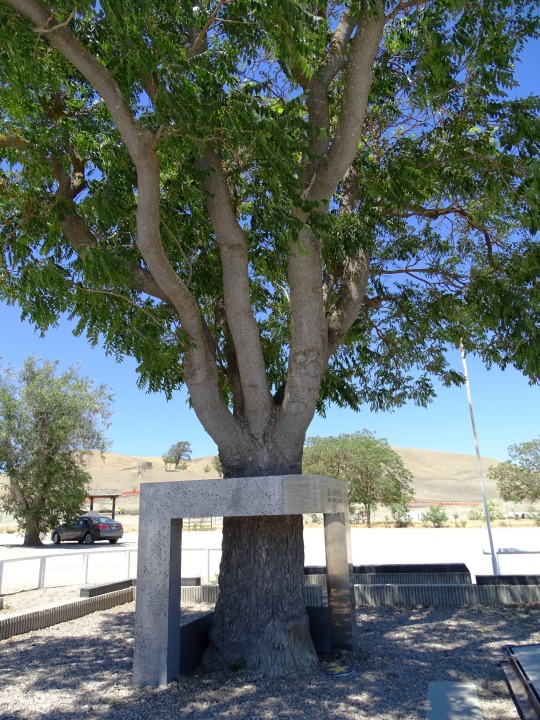



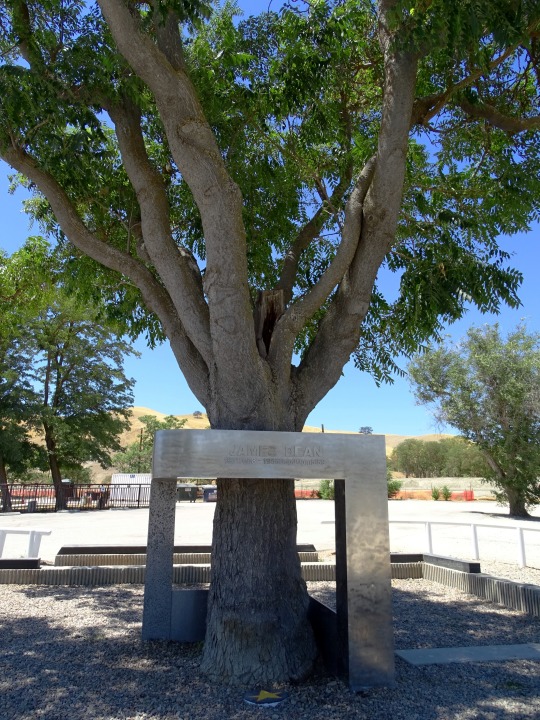

Cholame, CA
James Byron Dean (February 8, 1931 – September 30, 1955) was an American actor with a career that lasted five years. He is regarded as a cultural icon of teenage disillusionment and social estrangement, as expressed in the title of his most celebrated film Rebel Without a Cause (1955), in which he starred as troubled teenager Jim Stark. The other two roles that defined his stardom were loner Cal Trask in East of Eden (1955) and surly ranch hand Jett Rink in Giant (1956).
Dean died in a car crash in 1955 and became the first actor to receive a posthumous Academy Award nomination for Best Actor for his role in East of Eden. He received a second nomination for his role in Giant the following year, making him the only actor to have had two posthumous acting nominations. In 1999, the American Film Institute ranked him the 18th best male movie star of Golden Age Hollywood in AFI's 100 Years...100 Stars list.
On September 30, as the group [James Dean, Bill Hickman, Sanford Roth and Rolf Wütherich] was driving westbound on U.S. Route 466 (currently SR 46) near Cholame, California, at approximately 5:45 p.m., a 1950 Ford Tudor, driven by 23-year-old California Polytechnic State University student Donald Turnupseed, was travelling east. Turnupseed made a left turn onto Highway 41 headed north, toward Fresno ahead of the oncoming Porsche. Dean, unable to stop in time, slammed into the passenger side of the Ford, resulting in Dean's car bouncing across the pavement onto the side of the highway. Dean's passenger, Wütherich, was thrown from the Porsche, while Dean was trapped in the car and sustained numerous fatal injuries, including a broken neck. Turnupseed exited his damaged vehicle with minor injuries.
An inquest placed fault for the accident entirely with Dean. There is a James Dean monument, financed by a Japanese businessman, in front of the former Cholame post office (which closed in 1994) and a restaurant (until its closure in 2022), one half-mile from the site of the accident.
Source: Wikipedia
#Ailanthus altissima#tree of heaven#Chinese sumac#paradise tree#Cholame#San Luis Obispo County#James Dean#near the car crash site#James Dean Memorial#James Dean monument#travel#original photography#vacation#tourist attraction#landmark#landscape#flora#nature#summer 2022#California#West Coast#actor#death#killed#USA
2 notes
·
View notes
Text

Dax, The Paradise Tree (2015)
Esteban Maroto
Source
2 notes
·
View notes
Text

Paradise, Washington, USA by David Irons Jr
#nature#landscape#paradise#washington#usa#flowers#flowercore#flower field#naturecore#nature aesthetic#purple flowers#mountain#pine trees#beautiful#petitworld favs#petitworld
8K notes
·
View notes
Text






#naturecore#nature#scenery#aesthetic#plants#plants and trees#travel#florals#forestcore#forest aesthetic#grassland#green#greenery#traveling#greencore#moodboard#green landscape#green nature#fairycore#paradise#photography#explore
6K notes
·
View notes
Text


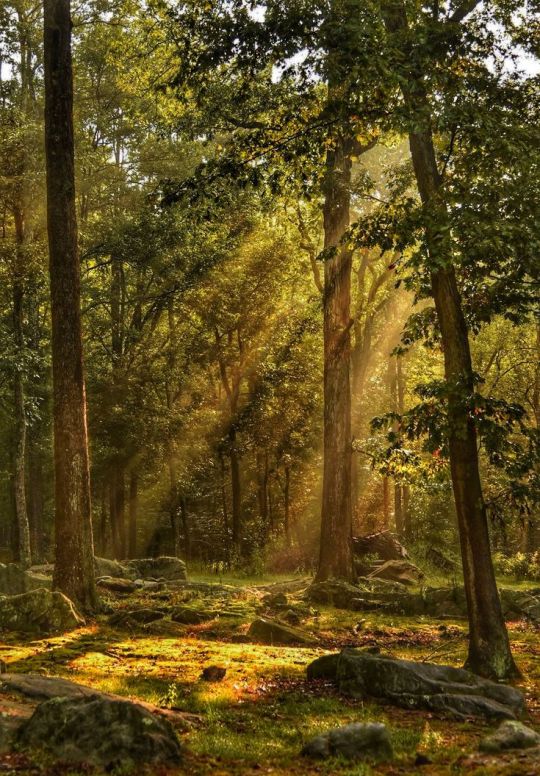
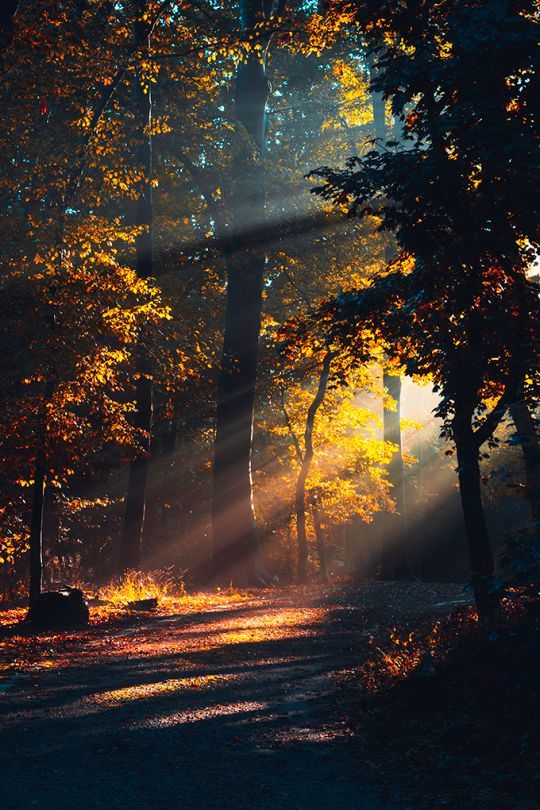
#landscape#paradise#nature#adventure#explore#travel#travelling#photography#cottagecore#aesthetic#forest#trees#photographers on tumblr#fairycore#fairy
3K notes
·
View notes
Text

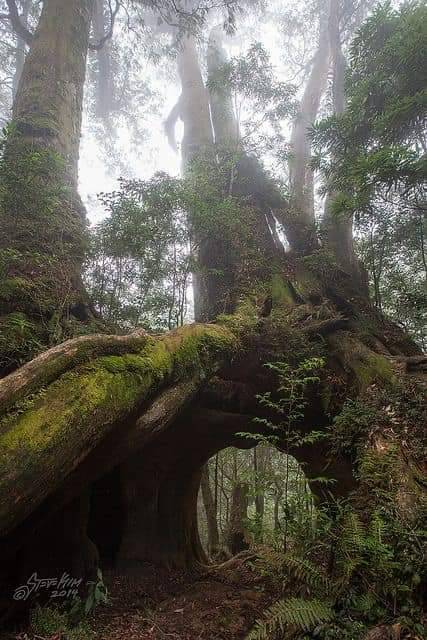
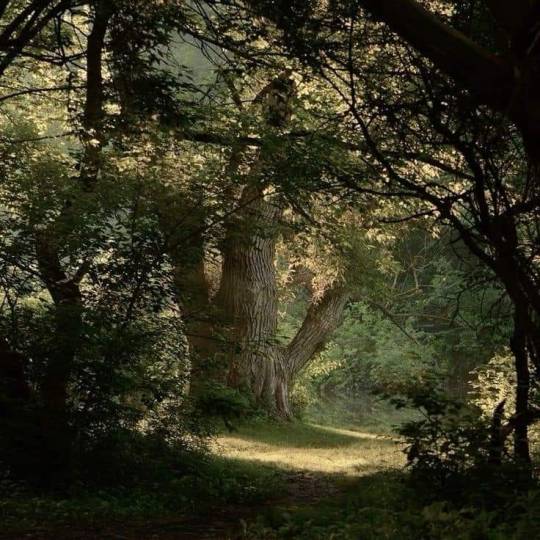

Beautiful Earth.
2K notes
·
View notes
Text
📍Oregon, PNW, USA 🇺🇸
#video#paradise#view#nature#paraiso#natureza#explore#travel#lake#trip#waterfalls#goals#woods#forest#blue#landscape#trees#usa#canada#pnw#oregon
2K notes
·
View notes
Text

#art#photography#nature#photographers on tumblr#tumbrl#sunrise#sunset#sunshine#sun#sky#sea#sunlight#original art#online#light#artwork#green#garden#trees and forests#flora and fauna#awesome#pastel#paradise#explore#trending#travel#hope#design#aesthetic#moon
685 notes
·
View notes
Text

My escape.
#treehouse#trees and forests#trees#mountain range#mountains#top of the world#mountain photography#mountain peak#architecture#modern architecture#modernist#toya's tales#style#toyastales#toyas tales#home decor#interior design#art#march#spring#foggy aesthetic#foggy day#foggy#my escape#paradise#modern design#modern deck#swimming pool#beautiful pools#poolside
956 notes
·
View notes
Video
Paradise ❤️
4K notes
·
View notes
Text




#nature#naturecore#sky#photography#sunset#cloudy#paradise#cottagecore#beautiful#aesthetic#pretty#photografy#places#view#countryside#moodboard#inspo#icons#trees#landscape#spring#flowers#flowerscore#field#clouds#colors#picnic#art nature#scenery#art
772 notes
·
View notes
Text
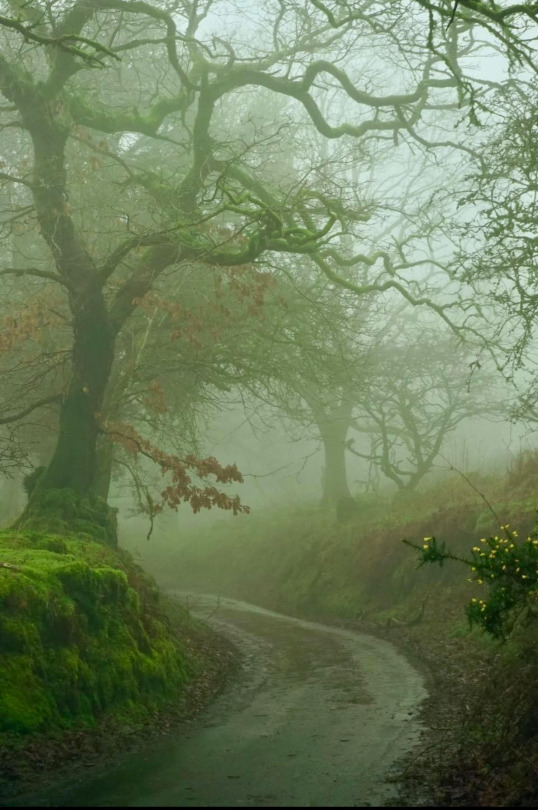
dartmoor 📍
#city#sunset#nature#naturecore#beauty of nature#travelling#dartmoor#foggy#liminal#explore#exploring#trees#grass#green#woods#forest#travel#adventure#paradise
800 notes
·
View notes
Text
Paradise on earth 🌊🌲☁️ !.
2K notes
·
View notes




